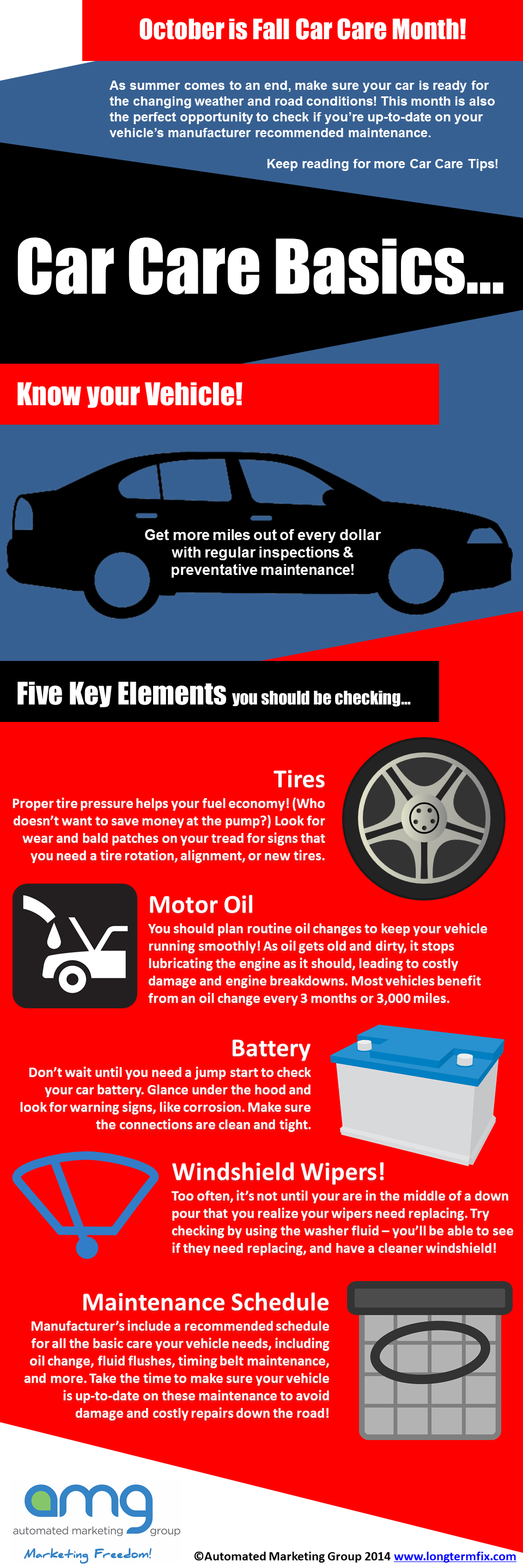Seeking Quality On The Warning Lights Presented On Your Cars And Truck'S Dashboard? Figure Out Exactly How They Connect To Your Automobile'S Health And Wellness
Seeking Quality On The Warning Lights Presented On Your Cars And Truck'S Dashboard? Figure Out Exactly How They Connect To Your Automobile'S Health And Wellness
Blog Article
Web Content Composed By-Samuelsen Alvarado
When you lag the wheel, those radiant warning lights on your control panel can be a little bit perplexing. Do you know what they're attempting to inform you about your vehicle's health and wellness? Recognizing the importance of these lights is important for your safety and the durability of your car. So, the following time one of those lights pops up, would not you want to decode its message precisely and take the necessary actions to resolve it?
Common Warning Lights and Interpretations
Recognize common warning lights in your cars and truck and recognize their significances to guarantee secure driving.
https://brake-shop-near-me73951.wizzardsblog.com/32060805/the-comfort-of-mobile-auto-describing-transforms-your-automobile-s-look-but-is-it-as-reliable-as-traditional-techniques-discover-the-reality-behind-this-service of the most typical caution lights include the check engine light, which signals issues with the engine or exhausts system. If this light comes on, it's critical to have your car examined without delay.
The oil stress cautioning light suggests reduced oil pressure, requiring instant interest to stop engine damage.
A flashing battery light may suggest a faulty billing system, potentially leaving you stranded if not attended to.
The tire stress tracking system (TPMS) light notifies you to low tire stress, impacting vehicle stability and fuel performance. Ignoring this could lead to dangerous driving conditions.
The abdominal light indicates an issue with the anti-lock braking system, jeopardizing your capability to quit promptly in emergency situations.
Last but not least, the coolant temperature level alerting light warns of engine overheating, which can result in severe damages if not resolved swiftly.
Comprehending these typical caution lights will certainly aid you deal with problems quickly and maintain safe driving problems.
Relevance of Prompt Interest
Recognizing the usual warning lights in your cars and truck is just the first step; the value of immediately dealing with these cautions can not be emphasized sufficient to ensure your safety when driving.
When a warning light brightens on your control panel, it's your cars and truck's way of connecting a prospective problem that needs interest. Neglecting these warnings can cause a lot more extreme problems down the road, compromising your safety and security and possibly costing you extra in repairs.
Trigger interest to alerting lights can prevent failures and crashes. As https://mynbc15.com/news/local/auto-body-shops-hit-with-supply-chain-issues , a flashing check engine light might show a misfire that, if left unattended, could trigger damages to the catalytic converter. Resolving this immediately can conserve you from a costly repair work.
In a similar way, a brake system alerting light could indicate low brake liquid or used brake pads, critical elements for your safety and security when driving.
Do It Yourself Troubleshooting Tips
If you notice a caution light on your dashboard, there are a few DIY repairing suggestions you can try prior to looking for professional aid.
The primary step is to consult your car's manual to understand what the specific caution light shows. In some cases the concern can be as basic as a loose gas cap triggering the check engine light. Tightening up the gas cap might fix the issue.
An additional usual issue is a low battery, which can set off different advising lights. Inspecting the battery links for corrosion and ensuring they're safe might fix the trouble.
If a caution light persists, you can try resetting it by separating the car's battery for a couple of minutes and then reconnecting it. Additionally, checking your vehicle's fluid levels, such as oil, coolant, and brake fluid, can help troubleshoot cautioning lights related to these systems.
Verdict
In conclusion, recognizing your automobile's caution lights is necessary for keeping your vehicle running smoothly and securely. By without delay dealing with these signals and understanding what they imply, you can stay clear of pricey repair services and prospective breakdowns.
Remember to consult your vehicle's handbook for particular information on each cautioning light and take action as necessary to ensure a trouble-free driving experience.
Stay educated, stay risk-free when traveling!
